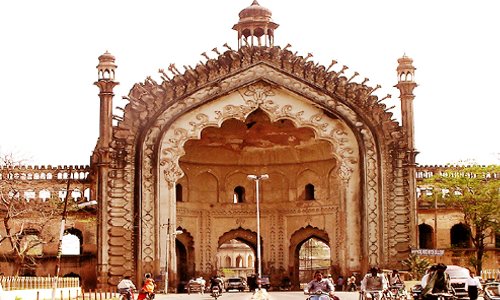
-
Description
- 328Total Monuments
- Ticketed Monuments
- Free Monuments
Lucknow circle of Archaeological Survey of India was created on May 13th, 1985 by the bifurcating the parts of Agra Circle, Bhopal circle & Patna Circle. As on today, there are 359 monuments/sites under the jurisdiction of Lucknow Circle, out of which 168 monuments/sites are in the Bundelkhand region, 20 monuments/sites are in the Terai region, and 171 monuments/sites are in the Awadh region which are being looked after by the Superintending Archaeologist of the Lucknow Circle.
The Bundelkhand region, lying within the folds of the Vindhyan range of mountains, is a unique geographical unit with a distinct cultural personality of its own. The monuments of the Bundelkhand region mostly comprise temples and forts dating from 6th & 7th century A.D. Dasavatar stone temple at Deogarh is one of the finest examples of Gupta period.
In the Terai region, Buddhism became the main inspring factor giving impetus to building activities at the location hollowed by the presence of Buddha himself or at the places somehow connected with him. The excavations revealed a number of ancient Buddhist sites at Sravasti & Piprahwa i.e. Kapilvastu. In the Awadh region, Lucknow reflects the best example of Awadh School of architecture, though initially architectural movement started from Faizabad. Besides, a number of monuments flourished on Mughal route between Allahabad and Agra. The Circle also comprises a large number of brick temples the most famous of which is Dasavatar temple at Bhitargaon dating back to Gupta period which is a landmark of Indian temple architecture.
